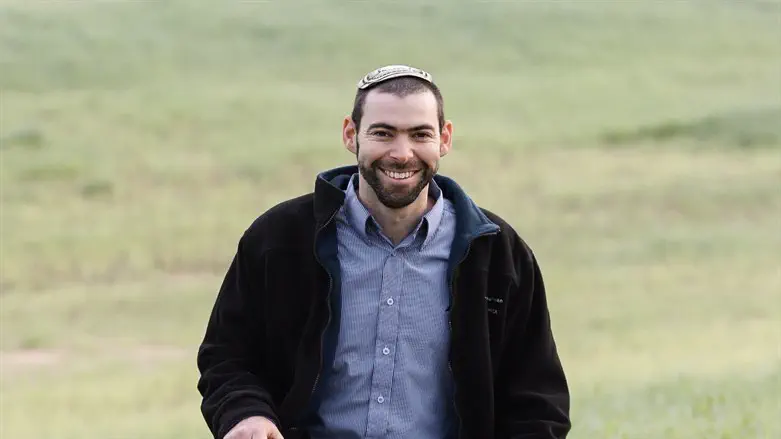
Our age-old customs in Judaism can be quite fascinating. Often, there is something unique about them. On the one hand, a Minhag (custom) is usually very simple and sometimes very popular, but on the other hand there is not always a clear source as to how it started. I find that in a special way, customs tend to "touch" the deepest essence of our holidays and the more they are explored, the more it becomes clear that they are much more than 'folklore'.
I'd like to look into a Minhag of Shavuot:
The Rema (Orach Chaim 494) brings:
"נוהגין לשטוח עשבים בשבועות בבית הכנסת והבתים, זכר לשמחת מתן תורה".
It is customary to decorate the shul and homes with grass (greenery and flowers), in memory of the giving of the Torah.
The Mishna Berura (Seif Katan 10) explains that at Mount Sinai there was greenery (as mentioned in Shemot 34:3).
This automatically brings up a question: Why would this custom seek to emphasize such a trivial fact? If anything, the verses in Parshat Yitro describe a Mount Sinai that caused awe and fear- covered with smoke, fire and trembling violently with strict prohibitions not to approach (Shemot 19:18). We also know that one of Mount Sinai's names is "Chorev" (Shemot 3:1) which means dry and deserted. This seems like the opposite of green and flowery, as the Mishna Berur explains.
And there is another question: If Mount Sinai was so scenic and pretty, wouldn't you expect that the Torah would be given on a NATURAL green mountain? Why go to the desert to make it green?
Make the Desert Bloom
It seems that we can learn here something amazing- the purpose of Judaism and the Torah is to make the desert bloom! The Torah lifestyle reaches out to every field and corner of the world that seems to be empty, shallow and "dry"- and gives it life, color and depth.
And you ask: so why not give it originally on a scenic and green mountain like Mount Carmel or Everest? The answer may be that because it wouldn't be clear that the Torah brings life to this world, we would understand that the Torah is only an 'addition' to our pleasant lives. By using Mount Sinai as a backdrop it is shown that without the Torah there is no life at all. The Torah spreads life and expands to everywhere and every aspect in our world. This is perhaps the explanation of 'making the desert bloom'.
Aromatize the World
As I was looking into this Minhag it was interesting to see that there is an ancient custom that specifically mentions that you decorate with flowers and roses. ( This is seen on many shuls. See the source in Shu"t Yechave Daat part 4 Siman 33, and 'Minhag Yisrael Torah' siman 494, brings the Maharil that writes a minhag to decorate the Sefer Torah itself with roses). This reflects and hints to the Midrash (Shabbat 88:1) describing Matan Torah.
It is said that every word and commandment that came from Hashem's speaking, filled the entire world with a pleasant and distinct smell of perfume. It seems that this effect wasn't just to make a pleasant showing. Rather, this reflects the effect the Torah has on the world. Bad smells tend to come together with rotting or death, for example, a corpse or secretions from the body. On the other hand, a good smell (which happens to be a very spiritual sense we have) tends to come along with fresh healthy nature, for example flowers and greenery.
This Minhag expresses how the Torah aromatizes our world, makes the desert bloom and brings spiritual freshness to Am Yisrael.
Chag Sameach!
For another Dvar Torah- The custom of Dairy products on Shavuot.
Rabbi Yonatan Kirsch was born in NJ but grew up in Ginot Shomron after his parents moved to Israel. He teaches at the Hesder Yeshiva in Sderot, where he lives with his wife and family, after receiving his semicha from the Chief Rabbinate of Israel. He is author of the book "Ma'alot Hamikve", published by Dabri Shir, and served as a combat soldier, is a certified tour guide